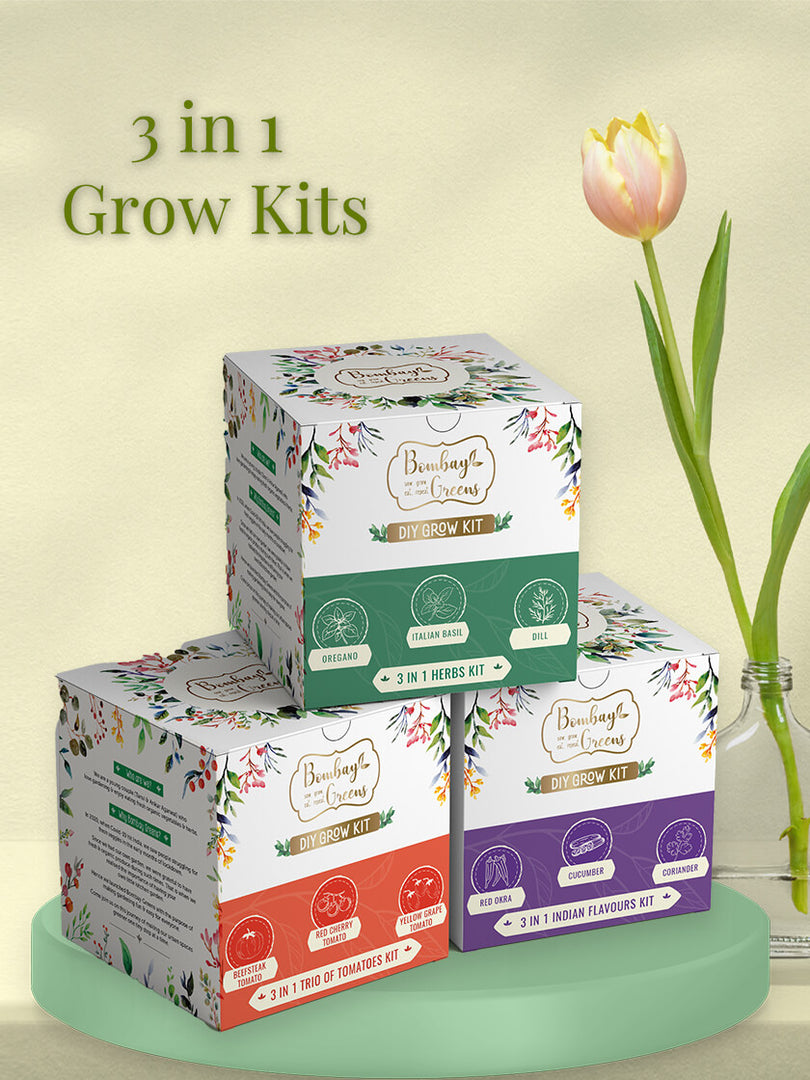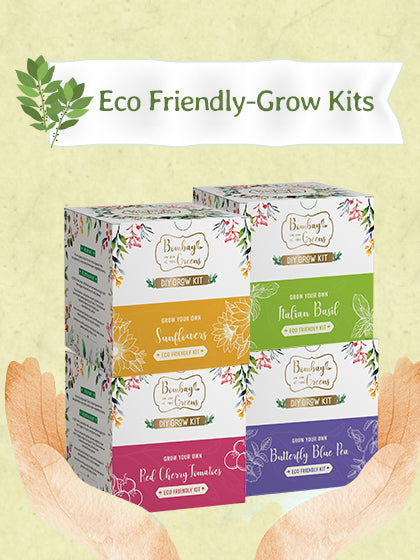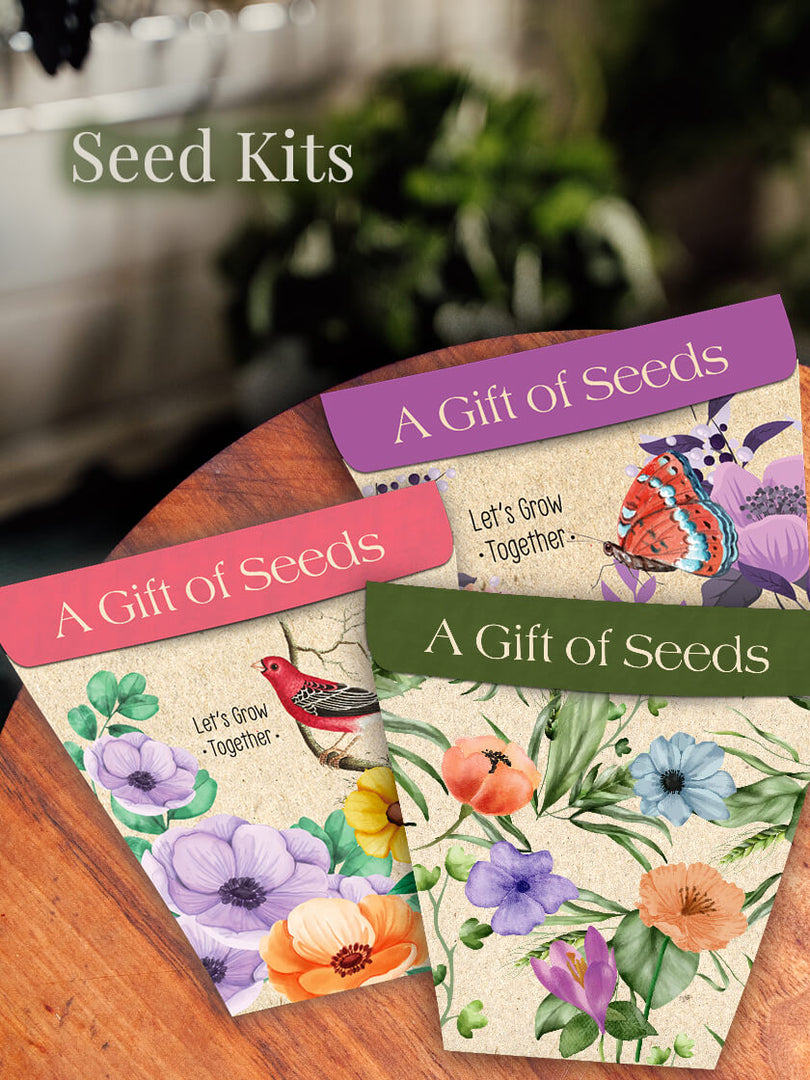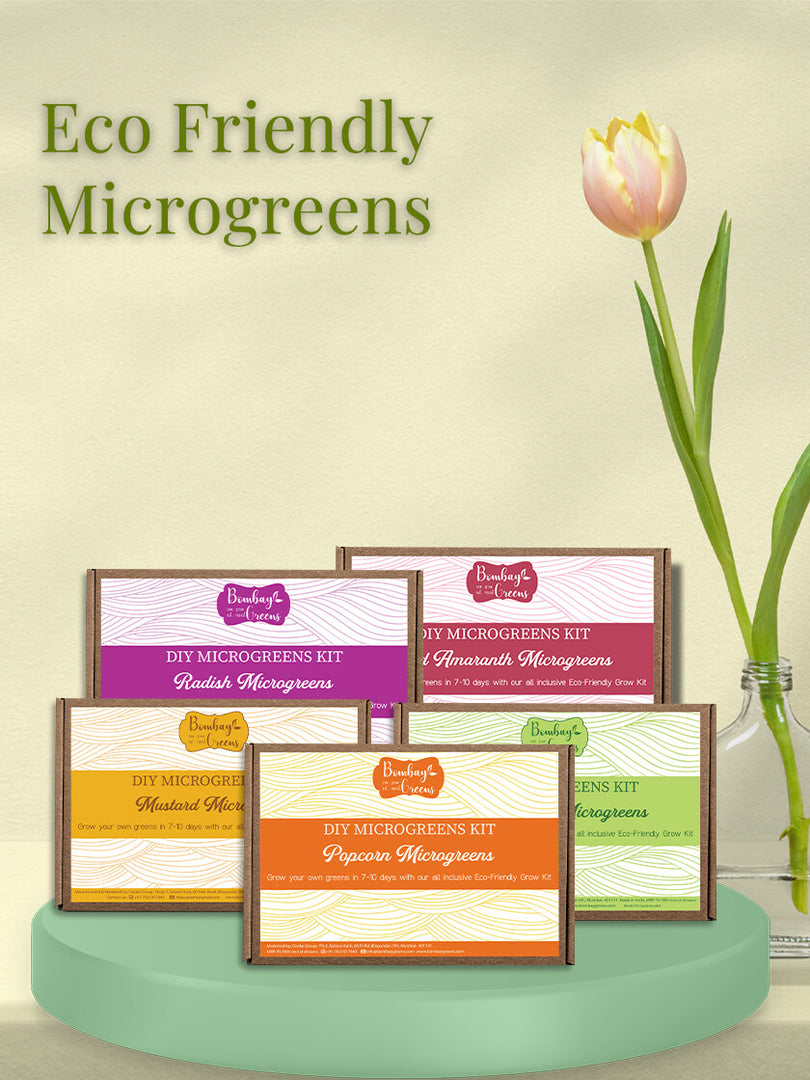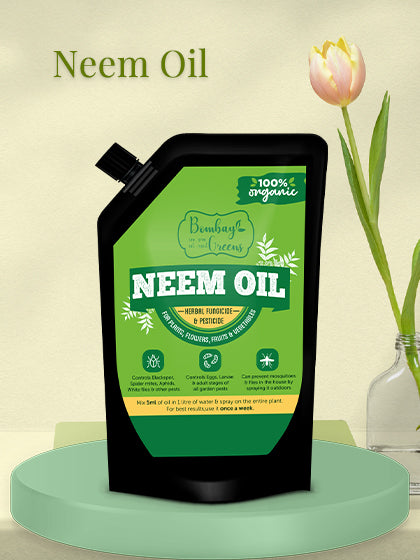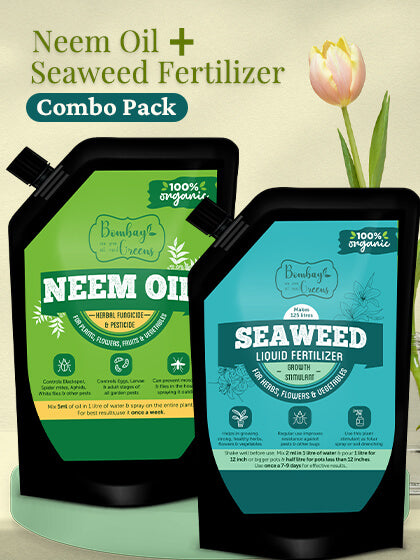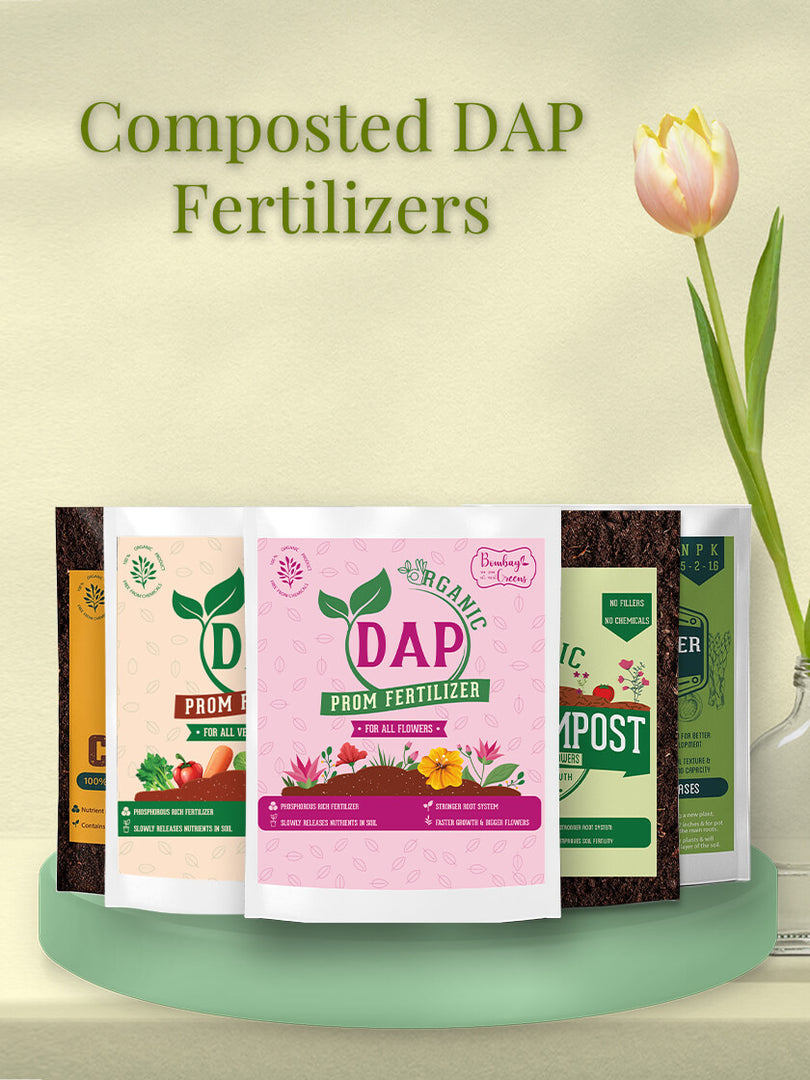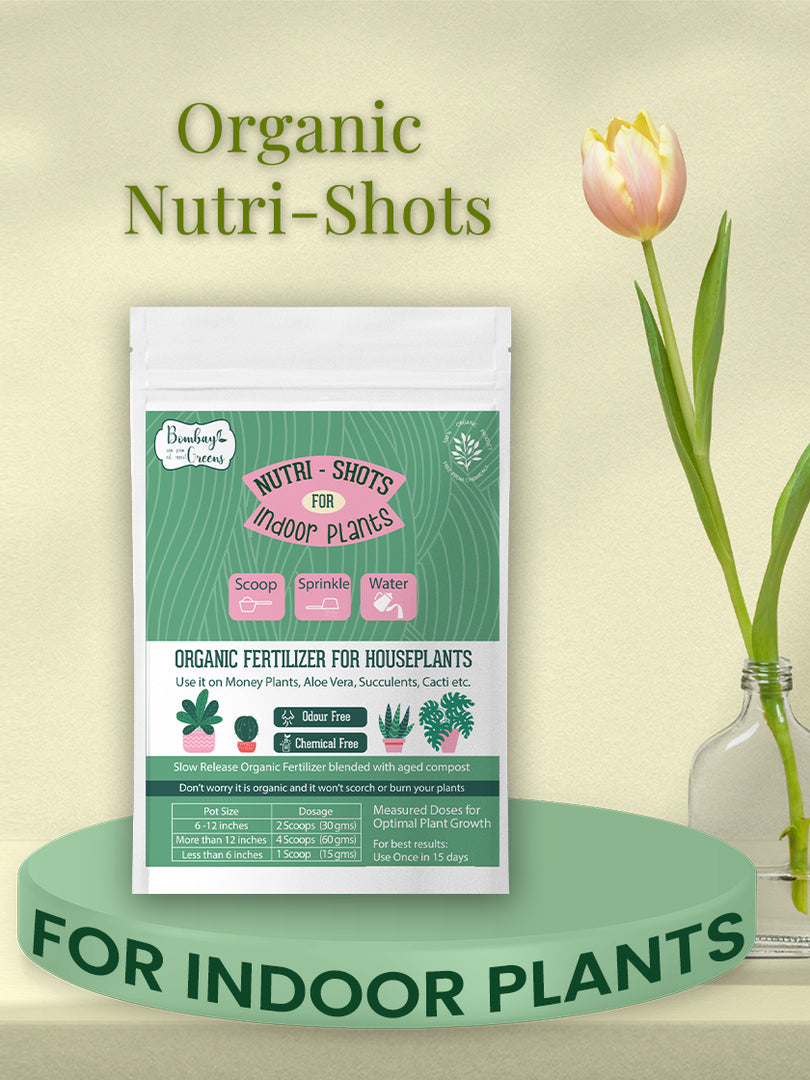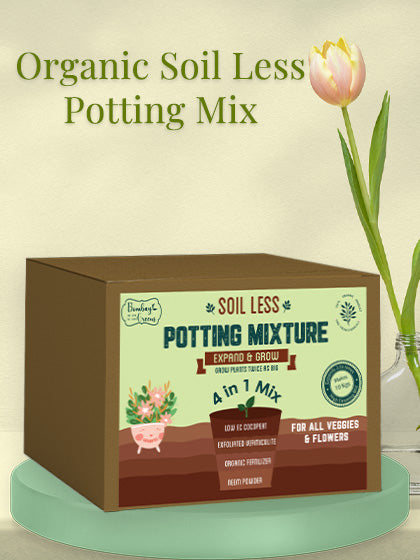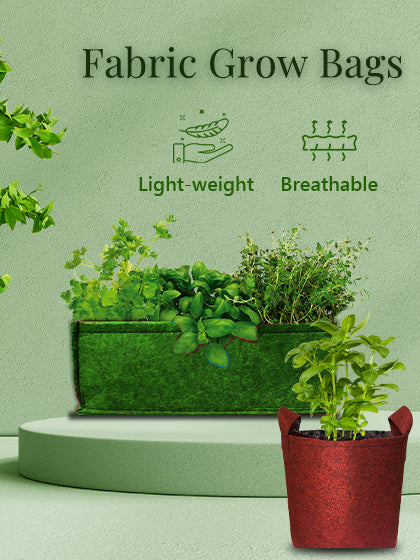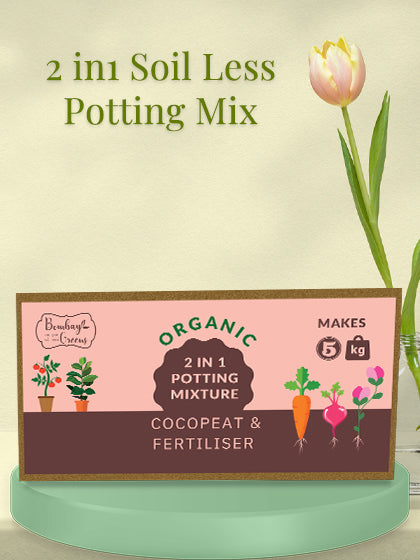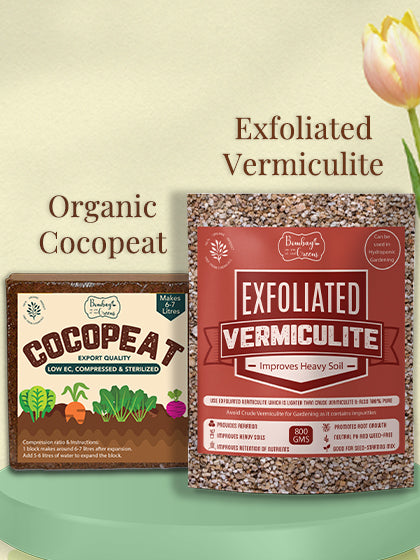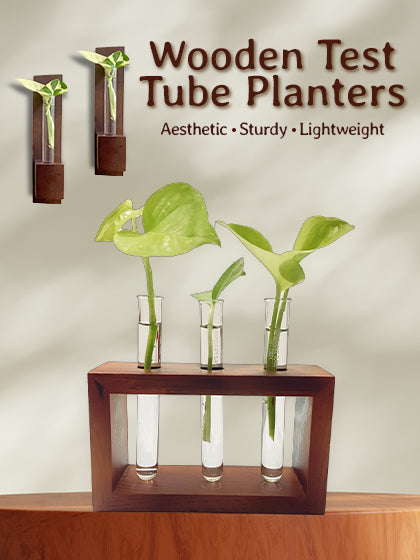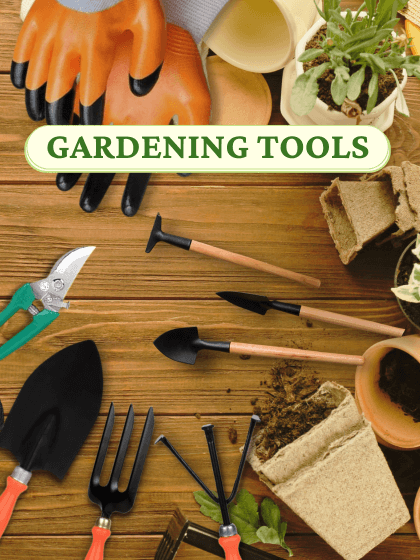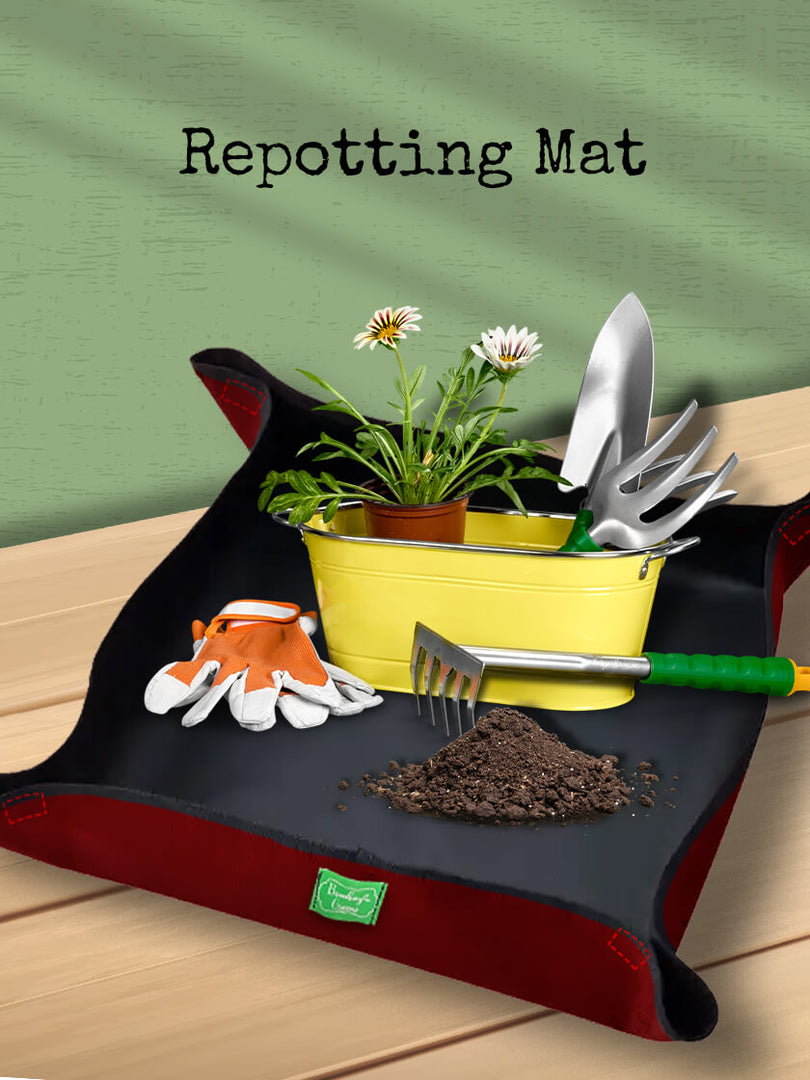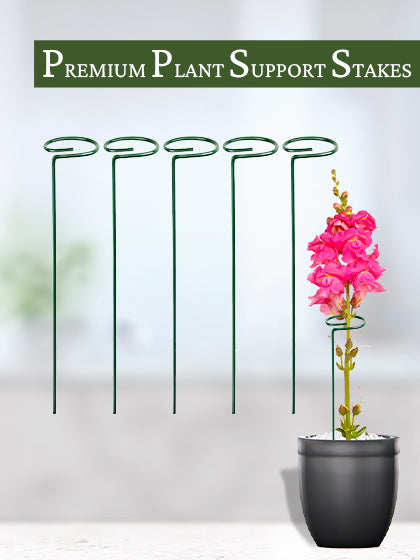
Here's an easy guide for growing best-known herbs at your home with all the required nutrition, soil conditions, and many more herbs information that is necessary.
Easy Guide to grow your herb garden

Whether you're an aspiring green thumb or an experienced gardener, choosing easy herbs that can be grown indoors can be a great way to spice up your cooking while producing some of your food to give it a great taste. But many of them don't plant them thinking that growing herbs indoors is a difficult task. But here is a simple step-to-step guide for all the queries. so let us begin!!

How herbs are beneficial to us?
Herbs are extremely beneficial to our body it prevents and manages heart disease, cancer, and diabetes. It may also help us reduce blood clots and provide anti-inflammatory and anti-tumor properties which can be lethal. It does control the properties that affect cognition and mood.
Things required to grow your indoor herb garden plants:
- Seeds
- Fabric grows bags or pots which play a great role in growing your herbs indoors.
- Potting Soil.
- Gardening tools.
Or simply try this 3-in-1 DIY Herbs Kit. It contains 3 Pots, 3 Packs of Herb seeds, Coco peat Discs, Plant food, and a detailed Grow Guide.
The herb garden cannot be created successfully without proper soil conditions which require soil, fertilizer, potting mixture, and coco discs.
How to grow herbs indoors?
In general, there are three ways you grow herbs indoors:
- From young plants that you buy at a garden center
- From cuttings
- From seeds
Along with it you require a reliable source of light such as a sunny window or grow lamp.
The 6 known easiest herbs that you can easily grow indoors are as follows:

Italian Basil:
Whether is to make pesto or tomato-based sauce, for many gardeners who love cooking Italian food growing Italian basil is a must. It just requires placing pots in a south-facing window; it likes lots of sun and warmth plus an ample amount of water so that soil remains moist but not drenched to encourage its maximal growth.
Add your fresh basil to pizza and pasta sauces, ratatouille, salads, and, and many more.
If you are confused about how to start your gardening journey, try our Eco-friendly Italian Basil Grow kit.

Mint:
Mint is a natural choice for container gardening as it can be grown all year long; which requires rich soil and frequent watering.
There are quite a few varieties of mint and many more ways to use them; spearmint is wonderful in savory recipes and mojitos, and white chocolate mint and apple mint are great in deserts. Peppermints are refreshing in candies and ice creams and it makes a lovely tea.

Oregano:
A classic seasoning for Italian dishes, sandwiches, and pizzas.
The herb can easily grow in a pot placed on a tray with moistened pebble that is south facing the window in winter. Soil needs good drainage, use of all-purpose fertilizer, and low to average water needs.
You can also try our 3-in-1 DIY Herbs kit which has 3 different seed packs of Dill, Oregano, and Italian Basil which will help to enlarge your indoor herb garden. These DIY kits are amazing at reasonable prices.

Chives:
They are one of the easiest herbs to grow indoors. Sow your seeds directly into a pot placed in the sunniest spot in your house. Keep a tray of pebbles and water under the pot to give the plant extra moisture as water is a basic requirement for a plant to flourish.
Culinary uses: Chives are best used fresh so you can appreciate their crunchy texture. They are a great addition to soups, omelets, and soft cheeses since heat can destroy their flavor, so they are normally added to dishes at the end.

Dill:
Dill will grow in full sun or partial shade so it can be placed on a South or Southwestern window to give the appropriate amount of sunlight. Dill is very easy to grow from seed & does well indoors to create a beautiful herb garden.
Simply 3-in-1 DIY Herbs Kits can also be purchased which contain a packet of Dill seed along with Oregano and Italian Basil to prevent any confusion regarding planting the herb indoor with much ease and no stress and a great advantage of expanding our indoor herb garden with two more variety of herb.
Culinary uses:
Dill combines well with mustard or creamy sauces. Fresh leaves can be used in soft cheeses, sauces, and salads or combined with a little lemon & butter on fish or potatoes to make your food delicious.

Coriander:
Coriander herb can be grown under a wide range of climatic conditions. However, hot weather during the summer months causes coriander to bolt quickly and reduces foliage development which can destroy your indoor herb garden. A coriander crop will mature in 40 to 45 days after which you can harvest it and use it for various food items. Some growers double-crop in a given year.
Culinary uses:
The fresh leaves of the plant commonly called cilantro have a strong citrus flavor. The dried seeds are used whole or ground as a spice in European, Asian, Latin, and Indian dishes which spice up your food. It has great use in Thai curries, and Mexican dips and Chinese stir fry too.
Common Mistakes to Avoid When Growing Herbs
When growing herbs, it is crucial to avoid common mistakes that can hinder their growth and health. These include planting in the wrong place, overcrowding, using the wrong soil, watering incorrectly, forgetting to prune, and letting them flower. By being aware of these mistakes, herb plants and their uses you can ensure a thriving and productive herb garden.
Growing herbs in the wrong place
Herbs have specific light and soil requirements. Planting them in unsuitable conditions leads to poor growth and health.
Crowding plants together
Herb plant requires sufficient room to flourish. When they are too close together, they must fight for resources like nutrients, water, and sunlight, causing them to grow spindly and weak.
Forgetting to research different varieties
When growing a herb garden, there are many herb varieties with varying flavours and growing needs. Ensure you select the right type for your intended use and growing conditions.
Letting herbs flower
Allowing herbs to flower causes them to put energy into blooms rather than leaves. Pinch off flowers to encourage leaf growth and extend the harvest of plants to be grown at home.
Not prepping the soil
Herbs need nutrient-rich, well-draining soil. Enhance the soil of your herb garden with compost and ensure it has the proper pH.
Treating herbs like houseplants
Herb plants in India are generally tough plants but have specific watering, light and temperature needs. Provide the right conditions for each herb variety.
Mixing different herbs together
Herbs have varying water, light and soil needs. Planting them together leads to some struggling while others thrive. Only group herbs with similar requirements.
How to Care for Your Herb Garden?
To care for your herb garden, it is essential to provide the right conditions for your plants. Most herbs prefer at least 6 hours of full sun and well-drained soil. Adequate drainage is essential, as herb plants will not grow in wet soil.
Ensure that containers have drainage holes and a layer of small stones at the bottom. Water herbs regularly, but avoid overwatering, which can lead to root rot and other problems. Regular pruning and harvesting also promote healthy growth and prevent leggy herbs.
Additionally, keep your herb garden weed-free and fertilise sparingly to maintain optimal flavour and essential oil content. It's important to know herb plants and their uses to help them flourish.
FAQs
1. What are some medicinal plants to be grown at home?
Grow medicinal plants like Moringa, Curry Leaves, Aloe Vera, Tulsi, and Ginger at home for their health benefits and easy cultivation.
2. What type of soil is best for growing herbs?
Herb plants in India prefer well-draining, rocky soils with minimal fertiliser requirements. Most herbs thrive in soils with a pH between 6 and 7.
3. Do herbs need fertiliser?
Most herb plants do not require additional fertilizer. However, a layer of well-rotted compost can be applied annually to maintain soil health and promote growth.
4. How often should I water my herb plants?
Water herbs of India regularly, but avoid overwatering. Check for wilting and adjust watering schedules based on weather conditions and soil type. Container herbs need more frequent watering.

Tanvi Agarwal - Co-founder
Driven by a deep-seated love for nature and a keen entrepreneurial spirit, she co-founded Bombay Greens, transforming urban spaces into thriving green havens. Recognizing the need for accessible and sustainable gardening solutions in the bustling city, she poured her passion into building a brand that empowers individuals to cultivate their own green spaces, regardless of their location or experience. Her vision extends beyond simply selling gardening items; it's about fostering a community connected to nature, one balcony, rooftop, and windowsill at a time.
Back to top

